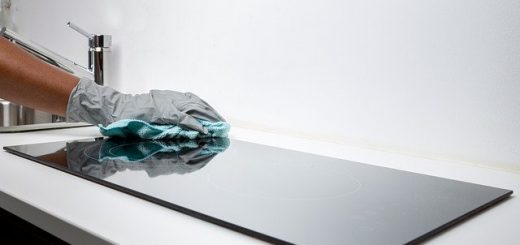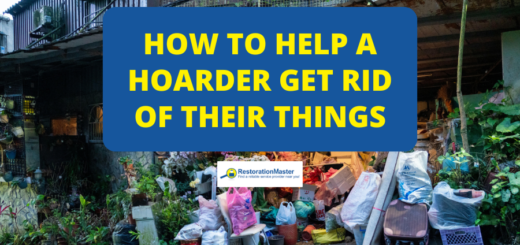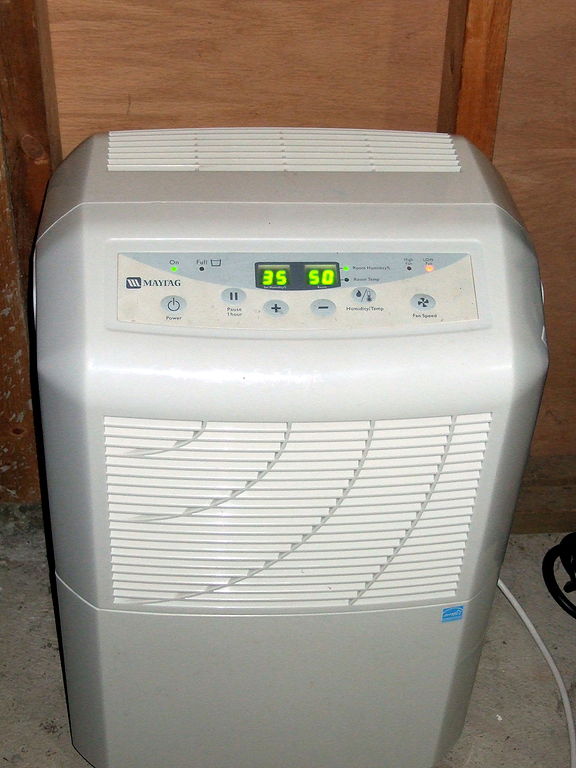What to Do When There is Mold on a Memory Foam Mattress
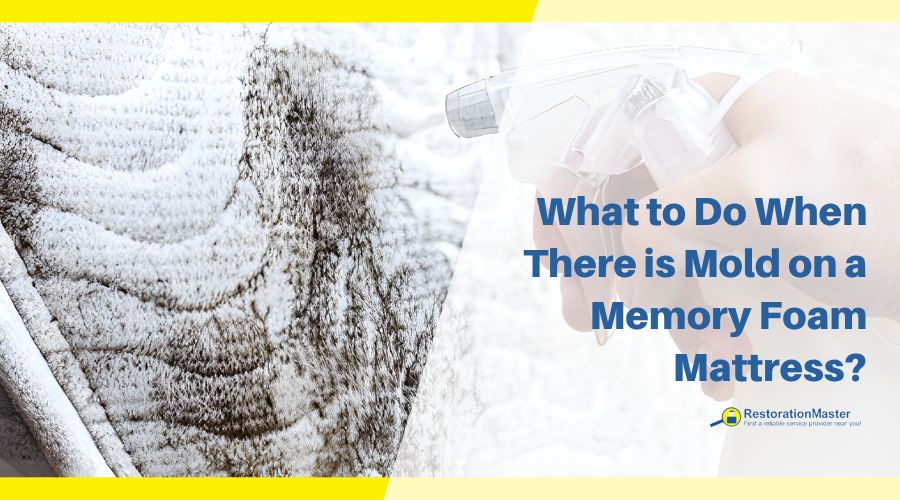
Mold can grow on mattress
Noticing dark spots, a musty odor, or fuzzy patches on your memory foam mattress can be alarming—especially when you realize you’ve been sleeping on it. Mold on a mattress isn’t just unpleasant; long-term exposure to damp, moldy environments has been linked to respiratory symptoms, allergies, and asthma flare-ups.
This guide will walk you through:
- How mold develops on memory foam mattresses
- When you can try cleaning it vs. when you should replace it
- Safe, step-by-step cleaning methods for mild mold growth
- Practical tips to prevent mold on your mattress in the future
- When to call a professional mold remediation company
Is Mold on a Mattress Dangerous?
Mold spores are tiny and can become airborne whenever you move on the bed, sit down, or change the sheets. Breathing in air from damp, moldy environments can cause or worsen:
- Stuffy nose, coughing, and wheezing
- Sore throat, irritated eyes, and skin rashes
- Allergies or asthma symptoms, especially in sensitive people, children, older adults, or those with weakened immune systems
Because you’re in close contact with your mattress for hours every night, it’s important not to ignore visible mold, strong musty odors, or signs of dampness. In many cases, the safest option is to replace a moldy mattress—especially if the mold has penetrated deep into the foam.
How Does Mold Develop on Memory Foam Mattresses?
Humidity and lingering moisture are the main ingredients mold needs to grow. Memory foam and fabric mattress covers are porous, so they can easily absorb moisture from the air and from everyday life. If that moisture gets trapped and doesn’t dry out, mold can take hold.
Common reasons a mattress stays damp include:
- Night sweats and body moisture: Your body temperature rises as you sleep, and you naturally sweat to cool down. Over months and years, that moisture can migrate into the mattress.
- Spills and accidents: Drinks, pet accidents, or even water can soak into memory foam like a sponge. If the mattress doesn’t dry fully and quickly, mold can begin to grow.
- High indoor humidity: In naturally humid climates or poorly ventilated bedrooms, moisture in the air can keep mattresses damp, especially along the underside or in corners.
- Poor airflow: Mattresses placed directly on the floor or on solid bases with no slats trap moisture underneath. Limited air circulation makes it easier for mold to develop.
- Certain construction materials: Mold can sometimes grow on adhesives or glues used in mattress construction if those layers stay damp. Choosing mattresses made with breathable materials and minimal adhesives can help reduce this risk.
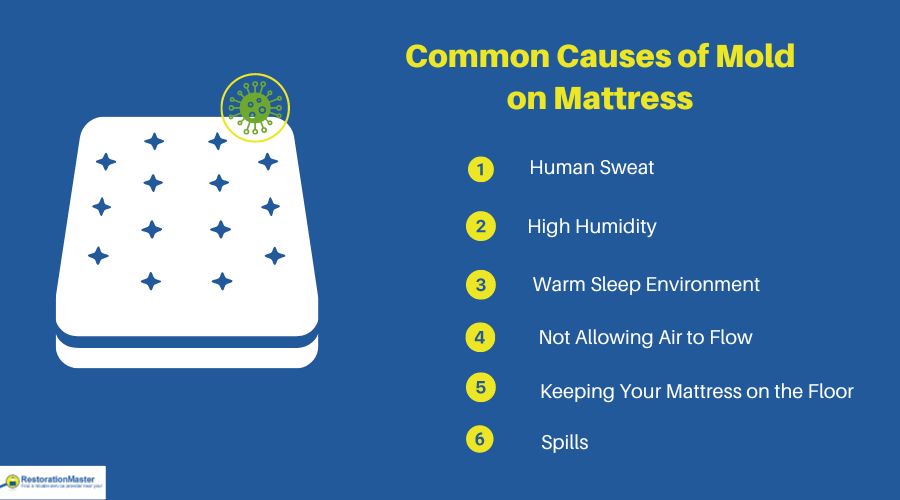
Common Causes of Mold on Mattress
How to Clean a Moldy Mattress (When Damage Is Minor)
If you see a small area of surface mold and the mattress is otherwise in good shape, you can try carefully cleaning it. These methods are best for light, surface-level mold on newer mattresses—not for heavy, widespread, or deep mold growth.
Important: Based on CDC recommendations for mold, If you have asthma, allergies, a weakened immune system, or are cleaning a large moldy area, strongly consider hiring a professional and avoid doing the cleanup yourself.
1. Start with Safety
Before you begin:
- Wear an N95 respirator or similar mask rated for filtering fine particles.
- Put on non-latex gloves and, ideally, eye protection.
- If possible, take the mattress outside or to a well-ventilated area to keep spores from spreading indoors.
2. Use Sunlight to Your Advantage
Sunlight and fresh air can help dry and surface-sanitize a mattress:
- Move the mattress outdoors on a dry, sunny day.
- Stand it upright or lay it on a clean, elevated surface so air can reach both sides.
- Leave it in direct sunlight for several hours, rotating it so all sides are exposed.
This won’t remove all mold spores but can help inhibit surface growth and dry out trapped moisture.
3. Vacuum Thoroughly
Use a vacuum with a HEPA filter and upholstery attachment to remove loose mold and dust:
- Vacuum the entire surface of the mattress, including seams and sides.
- Empty the vacuum canister or bag outdoors in a sealed trash bag to avoid spreading spores back into your home.
4. Spot-Clean Moldy Areas
Choose one of the following solutions and test it first on a small, hidden area to ensure it doesn’t damage the fabric or foam:
Baking soda and warm water
- Mix baking soda with warm water to form a thin cleaning solution.
- Lightly dampen a cloth with the solution and gently blot moldy spots—avoid soaking the mattress.
- Blot with a dry towel and return the mattress to full sun until completely dry.
Read More: How to Kill Mold With Baking Soda
Lemon juice
- Mix fresh lemon juice with a small amount of water in a spray bottle.
- Lightly mist affected areas and gently scrub with a soft brush.
- Blot with a clean towel and dry thoroughly in sunlight.
Rubbing alcohol and water
- Mix equal parts rubbing alcohol and water.
- Dampen a cloth and gently wipe moldy patches.
- Allow the mattress to fully air out and dry.
Hydrogen peroxide and water
- Mix 1 part 3% hydrogen peroxide with 3 parts warm water.
- Apply lightly to moldy areas and gently rub.
- Blot excess moisture and dry the mattress in a well-ventilated, sunny spot.
- Whichever method you use, the key is minimal moisture and maximum drying. A damp mattress that doesn’t fully dry can allow mold to return.
5. Know When to Replace the Mattress
Cleaning has limits. It’s usually safer to replace the mattress if:
- Mold covers a large portion of the surface
- You see mold coming from deep within the foam or seams
- The mattress has a strong, lingering musty odor even after cleaning and drying
- You or a family member experience ongoing respiratory or allergy symptoms that seem worse at night
At that point, replacement is the most reliable way to remove the source of exposure and protect your health.
How to Clean a Moldy Mattress | RestorationMaster Video
20 Tips to Avoid Mold on Your Mattress
The best way to deal with mold is to keep your mattress—and your bedroom—dry and well-ventilated. These habits make a big difference over time.
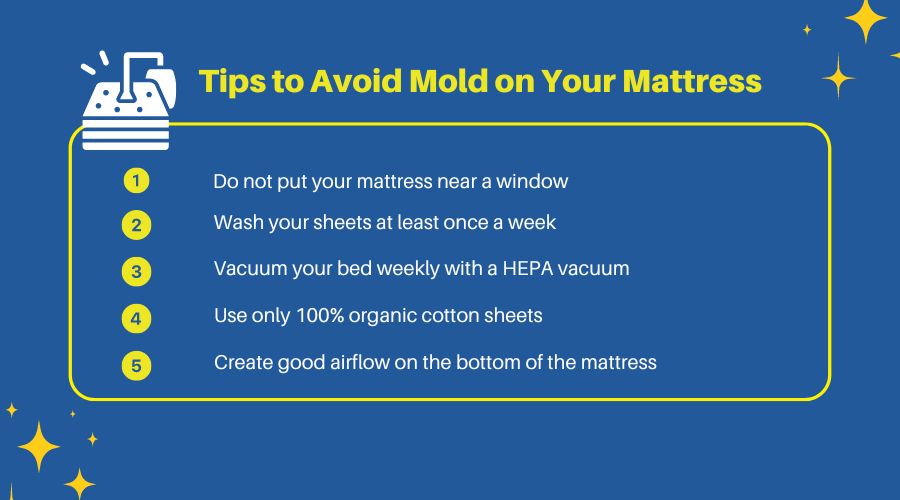
how to prevent mold on mattress
Keep the Mattress Itself Fresh
- Replace very old mattresses: If your mattress is over ten years old, it may already have invisible moisture and mold buildup. Consider replacing it with a newer, more breathable model.
- Choose breathable designs and materials: All mattresses can develop mold, but breathable materials like natural latex, wool, and rubberized coconut fiber are more resistant. Mattresses with coils and springs also allow more airflow than solid foam designs.
- Use a breathable, waterproof mattress protector: Look for protectors that block spills and sweat from soaking into the mattress while still allowing air circulation.
- Air out the mattress regularly: A few times a year, strip the bed, stand the mattress upright, and let it air out for several hours.
- Give your mattress light: When you can, pull back the covers and let daylight reach the mattress surface to help keep it dry.
- Vacuum the mattress weekly: Use a HEPA vacuum with an upholstery attachment on the top and sides to remove dust, skin cells, and potential food sources for mold.
Improve Airflow Around the Bed
- Use a slatted bed base instead of a solid board or placing it on the floor: Slats allow air to move under the mattress, helping moisture evaporate.
- Allow bedroom air to circulate: Keep the door slightly open, run a ceiling or floor fan, or use your HVAC system to keep air moving in and out of the room.
- Be careful with windows: Don’t place your mattress against a drafty or leaky window. If the mattress must be near a window, be sure the frame is properly sealed and condensation is not dripping onto the bed.
Control Moisture and Humidity
- Wash sheets at least once a week: This reduces sweat, body oils, and skin flakes that can hold moisture and feed mold.
- Replace pillows regularly: Pillows trap moisture, too. Replacing them at least once a year helps keep the whole bed fresher.
- Avoid going to bed wet: Always dry off completely after a shower, bath, or pool before lying down.
- Don’t place wet towels or clothes on the bed: Even a damp towel can introduce enough moisture for mold to start forming over time.
- Control bathroom moisture: If your bedroom has an attached bathroom, run the fan, open a window when possible, and keep the door closed while showering to reduce humidity entering the bedroom.
- Use a dehumidifier in humid climates: Aim to keep indoor humidity ideally below 50–60%. A dehumidifier in the bedroom can dramatically reduce mold risk in damp regions.
- Consider an air purifier if you’ve had mold issues before: An air purifier with a HEPA filter can help capture airborne mold spores and other particles.
Read: How to Prevent Mold in High Humidity Areas of Your Home
Everyday Habits That Help
- Shower and change into clean clothes before bed: This reduces the number of mold spores, dust, and pollen that end up in your bedding.
- Clean and dry spills immediately: If anything spills on the mattress, remove bedding, blot the area, and use fans or sunlight to dry it as quickly as possible.
- Avoid eating in bed: Crumbs are a food source not just for pests but also for molds and bacteria.
- Rotate or flip (if allowed) your mattress periodically: Rotating or flipping per the manufacturer’s instructions helps air reach different areas and prevents moisture from settling in one spot.
What Type of Mattress Should I Buy to Prevent Mold?
No mattress is completely mold-proof, but some designs handle moisture better than others:
- Natural latex and wool are naturally resistant to mold and dust mites and tend to be more breathable.
- Coil or hybrid mattresses allow more airflow than solid foam, helping moisture escape.
- Mattresses with charcoal or moisture-wicking layers can help manage humidity, but they’re still not a substitute for good ventilation and humidity control.
When shopping, look for:
- Breathable covers and natural materials
- Minimal glued layers and low-VOC construction
- A supportive, slatted bed base to go underneath
- Always check the manufacturer’s care instructions so you know how to clean and maintain the mattress properly.
Frequently Asked Questions
Is it safe to sleep on a mattress with mold?
Of course not. sleeping on a moldy mattress can pose health risks, including respiratory issues, allergies, and skin irritation. It’s advisable to clean the mattress thoroughly or consider replacing it if the mold infestation is extensive.
Can I remove mold from a mattress topper?
If your mattress topper can be taken off, you can carefully clean it using gentle methods like a vinegar or hydrogen peroxide solution, making sure it dries completely in sunlight or a well-ventilated area. For toppers where mold has penetrated deeply or cannot be removed, it is usually safer and healthier to replace the topper entirely rather than risk recurring mold or exposure to spores.
Can I use bleach to clean mold off my mattress?
It’s not recommended. Bleach can damage the mattress material and may not effectively eliminate mold spores. Instead, use gentler solutions like hydrogen peroxide or rubbing alcohol, which are safer for the mattress and effective against mold.
Can a mattress protector prevent mold?
Yes, using a waterproof mattress protector can help prevent moisture from seeping into the mattress, reducing the risk of mold growth. You need to make sure that the protector is breathable to allow air circulation.
Should I rotate or flip my mattress to prevent mold?
Yes, giving your mattress a regular flip or rotation can make a big difference. It allows air to circulate evenly, keeps moisture from settling in one spot, and helps stop mold from taking hold, keeping your bed fresh and safe to sleep on.
Should I throw away a mattress with mold?
Yes, in many cases tossing the mattress is the safest option. If mold has penetrated deeply into the foam or fabric, cleaning may not remove all spores, putting your health at risk. Even after cleaning, hidden mold can return, especially in humid conditions. For memory foam or older mattresses, replacement ensures a clean, safe sleeping environment and prevents recurring mold exposure.
Can you get black mold out of foam?
Partially, but it depends on the extent of contamination. Surface mold on foam can sometimes be removed with solutions like diluted hydrogen peroxide or vinegar, combined with thorough drying in sunlight. However, if black mold has soaked into the inner layers of foam, it is nearly impossible to eliminate completely. In such cases, replacement is strongly recommended to avoid ongoing health risks.
When to Call a Professional For Professional Mold Remediation
Mold on a mattress is often a sign of a bigger moisture problem in the room or home—such as high humidity, a leak, or a past water incident. Even if you replace the mattress, mold can return if the underlying issue isn’t corrected.
A professional mold remediation company follows industry standards such as the ANSI/IICRC S520 for safe and effective mold cleanup. They can:
- Inspect your home for hidden moisture and mold growth
- Identify and address the source of humidity or leaks
- Safely remove mold from affected building materials
- Help you prevent future mold problems
While professionals typically cannot salvage a heavily mold-contaminated mattress, they can help make your home healthier and protect your new mattress and other belongings from future mold growth.










